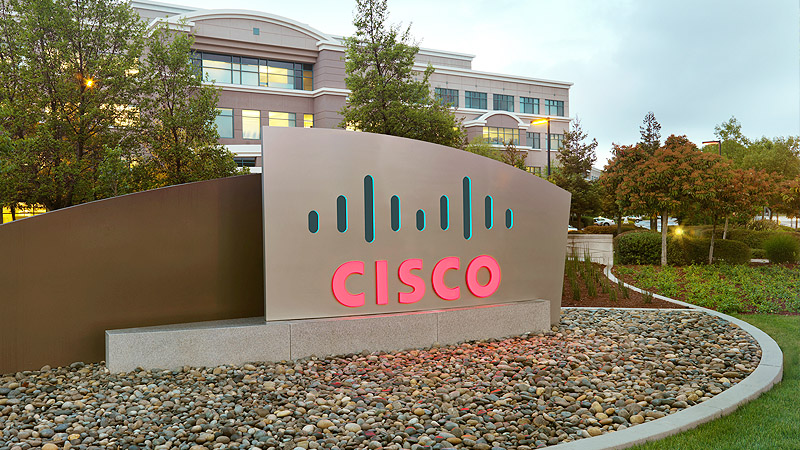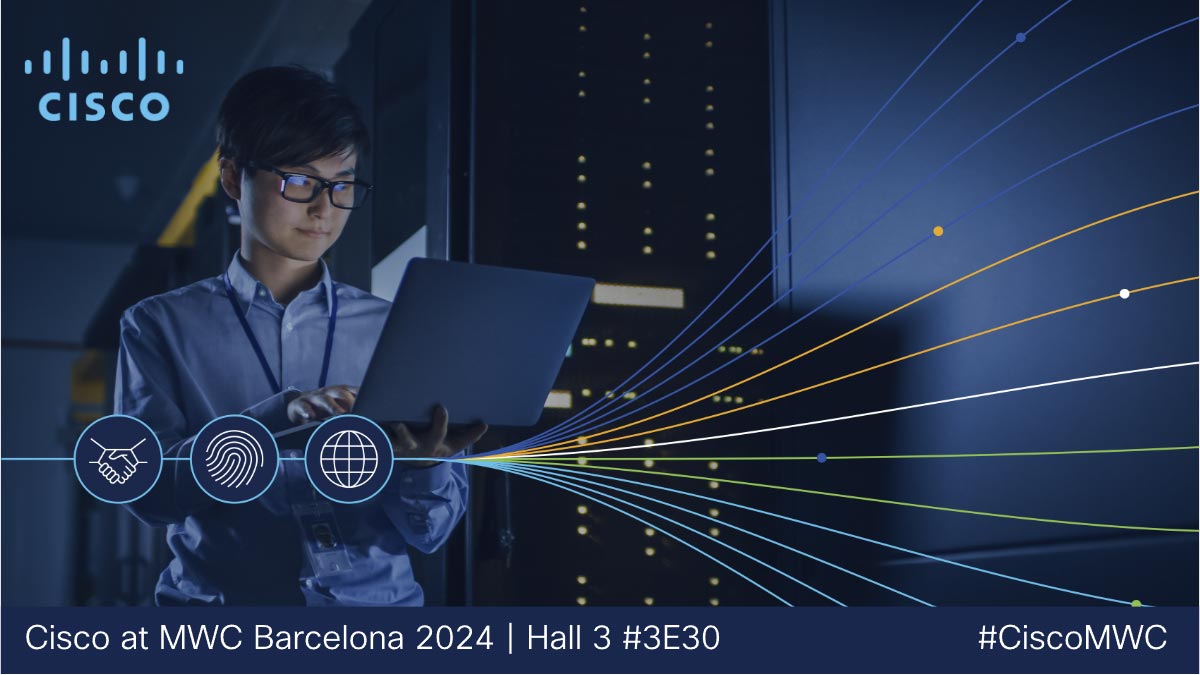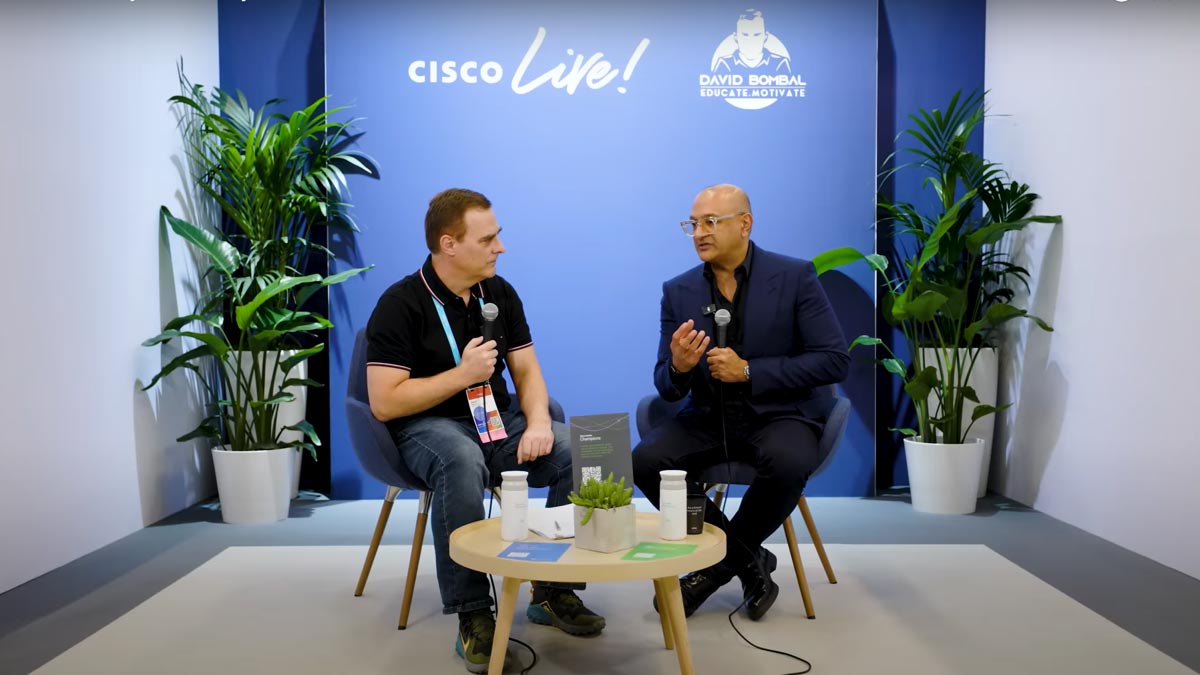LAS VEGAS, Aug. 5, 2014 – The Cisco 2014 Midyear Security Report, released today at Black Hat U.S. (Cisco Booth #611), examines the “weak links” in organizations that contribute to the increasingly dynamic threat landscape. These weak links – which could be outdated software, bad code, abandoned digital properties, or user errors – contribute to the adversary’s ability to exploit vulnerabilities with methods such as DNS queries, exploit kits, amplification attacks, point-of-sale (POS) system compromise, malvertising, ransomware, infiltration of encryption protocols, social engineering and “life event” spam.
The report also shows that focus on only high-profile vulnerabilities rather than on high-impact, common and stealthy threats puts these organizations at greater risk. By proliferating attacks against low-profile legacy applications and infrastructure with known weaknesses, malicious actors are able to escape detection as security teams focus instead on boldface vulnerabilities, such as Heartbleed.
Key Findings
Researchers closely examined 16 large multinational organizations, who, as of 2013, collectively controlled over $4 trillion in assets with revenues in excess of $300 billion. This analysis yielded three compelling security insights tying enterprises to malicious traffic:
- “Man-in-the-Browser” attacks pose a risk for enterprises: Nearly 94 percent of customer networks observed in 2014 have been identified as having traffic going to websites that host malware. Specifically, issuing DNS requests for hostnames where the IP address to which the hostname resolves is reported to be associated with the distribution of Palevo, SpyEye, and Zeus malware families that incorporate man-in-the-browser (MiTB) functionality.
- Botnet hide and seek: Nearly 70 percent of networks were identified as issuing DNS queries for Dynamic DNS Domains. This shows evidence of networks misused or compromised with botnets using DDNS to alter their IP address to avoid detection/blacklist. Few legitimate outbound connection attempts from enterprises would seek dynamic DNS domains apart from outbound C&C callbacks looking to disguise the location of their botnet.
- Encrypting stolen data: Nearly 44 percent of customer networks observed in 2014 have been identified as issuing DNS requests for sites and domains with devices that provide encrypted channel services, used by malicious actors to cover their tracks by exfiltrating data using encrypted channels to avoid detection like VPN, SSH, SFTP, FTP, and FTPS.
- The number of exploit kits has dropped by 87 percent since the alleged creator of the widely popular Blackhole exploit kit was arrested last year, according to Cisco® security researchers. Several exploit kits observed in the first half of 2014 were trying to move in on territory once dominated by the Blackhole exploit kit, but a clear leader has yet to emerge.
- Java continues its dubious distinction as the programming language most exploited by malicious actors. Cisco security researchers found that Java exploits rose to 93 percent of all indicators of compromise (IOCs) as of May 2014, following a high point of 91 percent of IOCs in November 2013 as reported in the Cisco 2014 Annual Security Report.
- Unusual upticks in malware within vertical markets. For the first half of 2014, the pharmaceutical and chemical industry, a high-profit vertical, once again placed in the top three high-risk verticals for Web malware encounters. Media and publishing led the industry verticals posting nearly four times the median Web malware encounters, and aviation slid into third place with over twice the median Web malware encounters globally. The top most affected verticals by region were media and publishing in the Americas; food and beverage in EMEAR (Africa, Europe and the Middle East) and insurance in APJC (Asia-Pacific, China, Japan and India).
About the Report
The Cisco 2014 Midyear Security Report examines threat intelligence and cybersecurity trends for the first half of 2014 and was developed by security research experts who are part of the Cisco Collective Security Intelligence (CSI) ecosystem. Cisco CSI is shared across multiple security solutions and provides industry-leading security protections and efficacy. In addition to threat researchers, CSI is driven by intelligence infrastructure, product and service telemetry, public and private feeds and the open source community.
The Cisco CSI ecosystem includes the newly combined Talos Threat Intelligence and Research Group, which is a combined team from the previous Cisco Threat Research and Communications (TRAC) team, the Sourcefire Vulnerability Research Team (VRT) and Cisco Security Applications (SecApps) group. Talos’ expertise spans software development, reverse engineering, vulnerability triage, malware investigation and intelligence gathering and maintains the official rule sets of Snort.org, ClamAV, SenderBase.org and SpamCop.
Supporting Quote
John N. Stewart, senior vice president, chief security officer, Cisco, said: “Many companies are innovating their future using the Internet. To succeed in this rapidly emerging environment, executive leadership needs to embrace and manage, in business terms, the associated cyber risks. Analyzing and understanding weaknesses within the security chain rests largely upon the ability of individual organizations, and industry, to create awareness about cyber risk at the most senior levels, including Boards—making cybersecurity a business process, not about technology. To cover the entire attack continuum—before, during, and after an attack— organizations today must operate security solutions that operate everywhere a threat can manifest itself.”
Supporting Resources
- Access the full Cisco Midyear Security Report here: http://www.cisco.com/go/msr2014
- Video: John N. Stewart on the top five takeaways from the Midyear Security Report: https://www.youtube.com/watch?v=CRDtd6MVqdU
- Join the security conversation on Twitter by following @CiscoSecurity. You can like Cisco Security on Facebook at http://facebook.com/ciscosecurity
- Read Cisco Blogs
About Cisco
Cisco (NASDAQ: CSCO) is the worldwide leader in IT that helps companies seize the opportunities of tomorrow by proving that amazing things can happen when you connect the previously unconnected. For ongoing news, please go to http://thenetwork.cisco.com.
# # #
Cisco and the Cisco logo are trademarks or registered trademarks of Cisco and/or its affiliates in the U.S. and other countries. A listing of Cisco’s trademarks can be found at www.cisco.com/go/trademarks. Third-party trademarks mentioned are the property of their respective owners. The use of the word partner does not imply a partnership relationship between Cisco and any other company.





